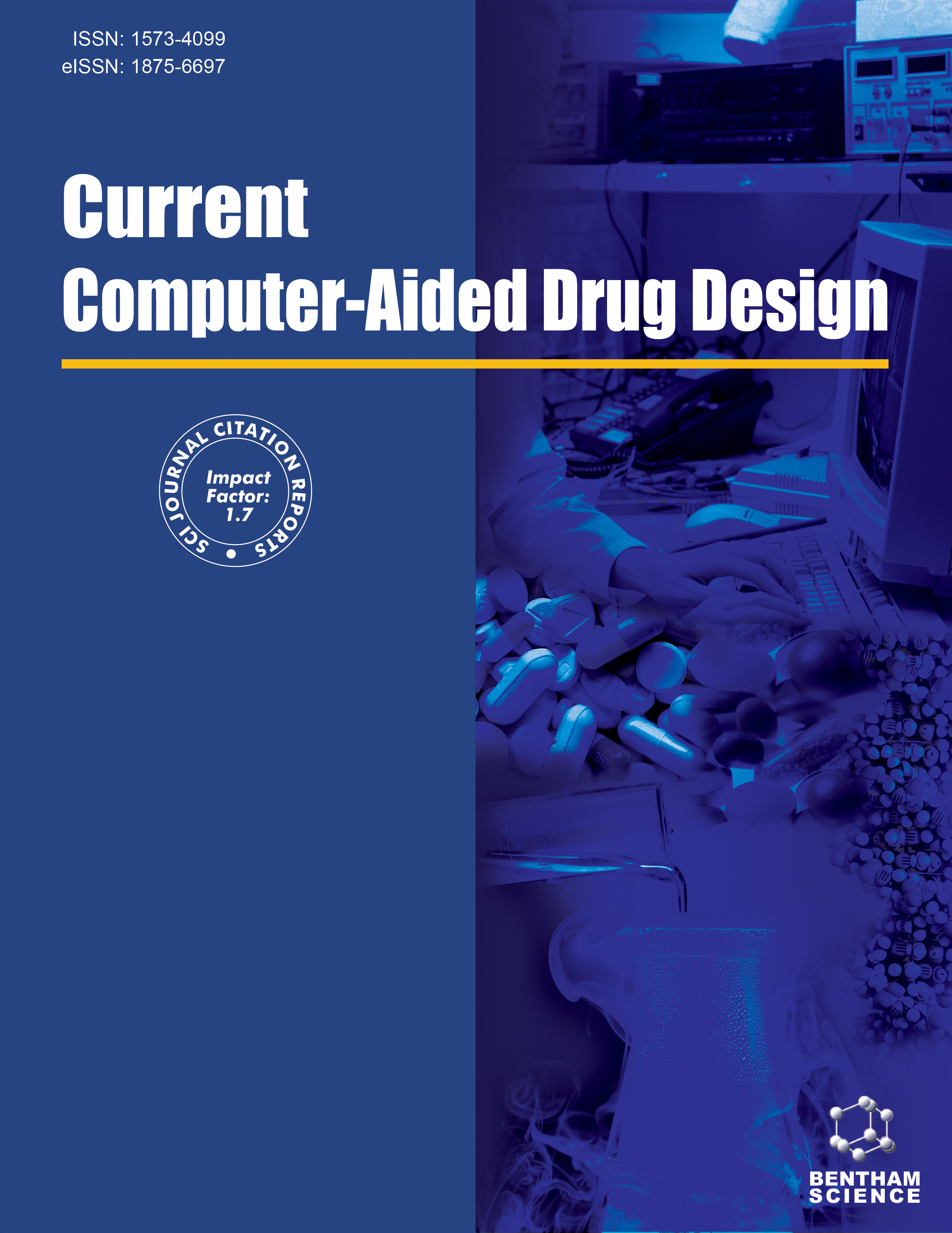
Full text loading...
We use cookies to track usage and preferences.I Understand
Uncaria tomentosa is a traditional medicinal herb renowned for its anti-inflammatory, antioxidant, and immune-enhancing properties. In the realm of neurodegenerative diseases (NDDS), CLASP proteins, responsible for regulating microtubule dynamics in neurons, have emerged as critical players. Dysregulation of CLASP proteins is associated with NDDS, such as Alzheimer's, Parkinson's, and Huntington's diseases. Consequently, comprehending the role of CLASP proteins in NDDS holds promise for the development of innovative therapeutic interventions.
The objectives of the research were to identify phytoconstituents in the hydroalcoholic extract of Uncaria tomentosa (HEUT), to evaluate its antioxidant potential through in vitro free radical scavenging assays and to explore its potential interaction with CLASP using in silico molecular docking studies.
HPLC and LC-MS techniques were used to identify and quantify phytochemicals in HEUT. The antioxidant potential was assessed through DPPH, ferric reducing antioxidant power (FRAP), nitric oxide (NO) and superoxide (SO) free radical scavenging methods. Interactions between conventional quinovic acid, chlorogenic acid, epicatechin, corynoxeine, rhynchophylline and syringic acid and CLASP were studied through in silico molecular docking using Auto Dock 4.2.
The HEUT extract demonstrated the highest concentration of quinovic acid derivatives. HEUT exhibited strong free radical-scavenging activity with IC50 values of 0.113 µg/ml (DPPH) and 9.51 µM (FRAP). It also suppressed NO production by 47.1 ± 0.37% at 40 µg/ml and inhibited 77.3 ± 0.69% of SO generation. Additionally, molecular docking revealed the potential interaction of quinovic acid with CLASP for NDDS.
The strong antioxidant potential of HEUT and the interaction of quinovic acid with CLASP protein suggest a promising role in treating NDDS linked to CLASP protein dysregulation.

Article metrics loading...

Full text loading...
References


Data & Media loading...

